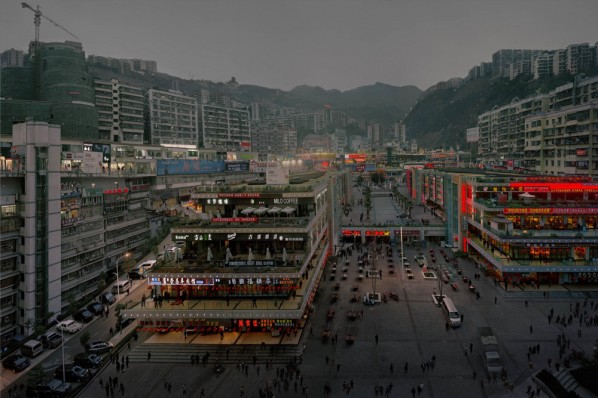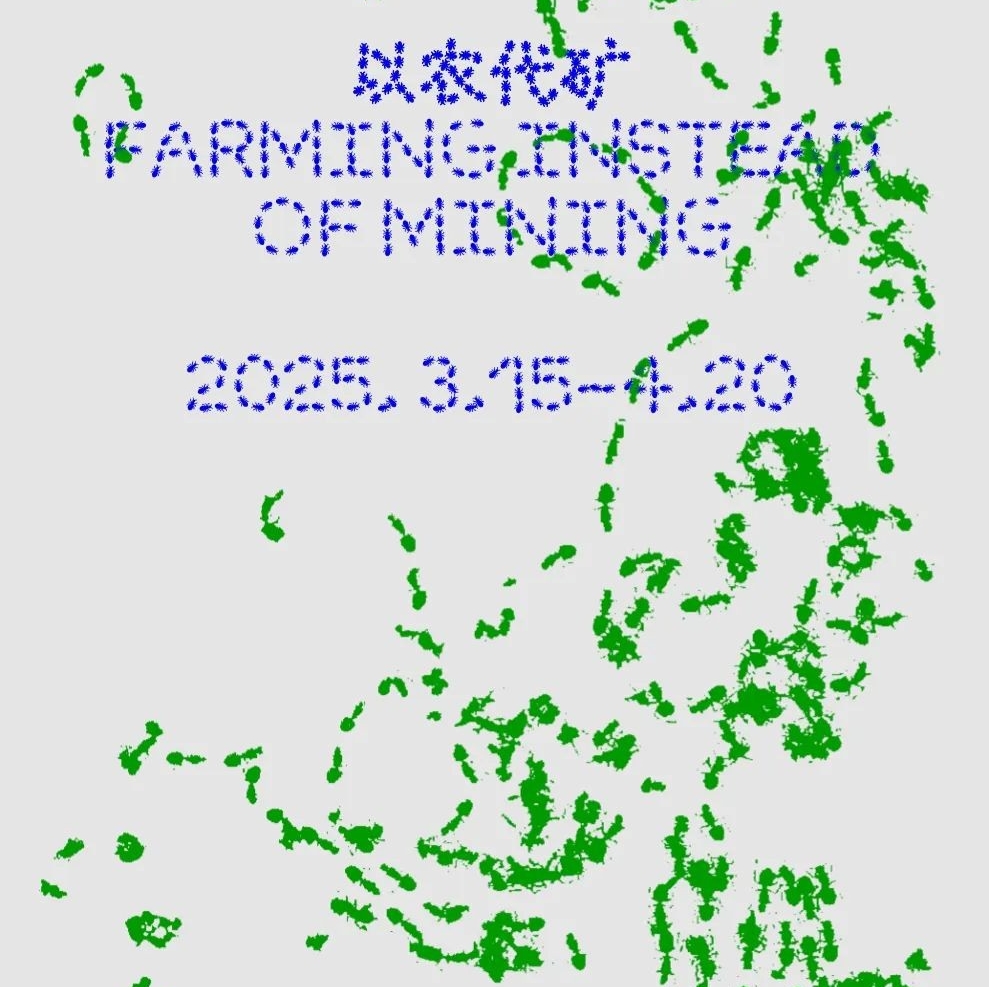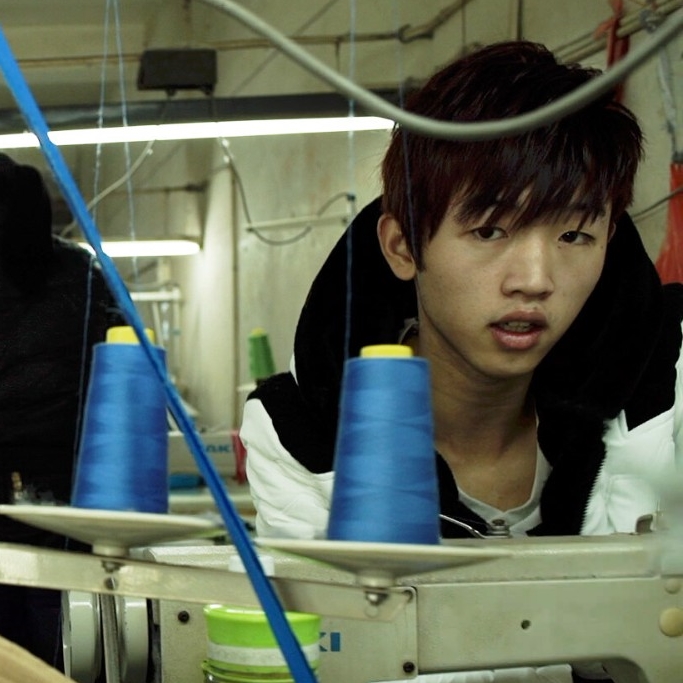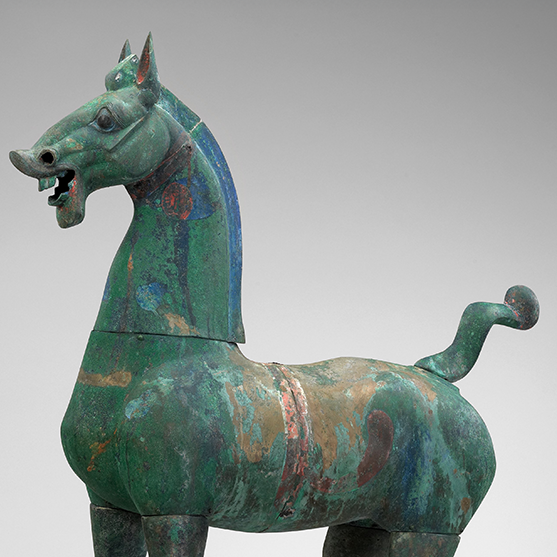
The Great Three Gorges Rivers and Water in the Post-Three Gorges Era.
Destiny – the relationship between one’s childhood experiences and adult conduct is destiny. I was born in Chongqing and grew up in the Three Gorges Reservoir area, living in such places as Fengdu, Wanzhou and Yichang. I’ve also photographed the Three Gorges countless times, but I didn’t really begin to focus on the Three Gorges until that experience in 2009. That was when I noticed that the fog over the Three Gorges Reservoir was growing denser and more prevalent. Why is this? One reason is the changes in the overall climate of the area since the construction of the Three Gorges Dam. Another reason is the dust that is left over after the human plundering of resources. It is a symbol, and the waters beneath the fog are a microcosm of China today.
Following the triumphant “red songs” of the reservoir region, passing through the empty buildings sealed off in the anti-corruption campaigns, one can see the gaping holes left by the trees transplanted into the city and the despondent shadows of the people trying to resettle the area. Covered by the mist and compounded by the sudden rise of the massive chemical factories, my heart is at a loss. Is this really where I lived as a child? No, it looks like Africa, like the Middle East, like those images of plundered third world countries. It created a beautiful life for a different civilization and different place.
I can only step back, using a close-up method to view things, giving ample observation room to the details, further stepping through history to express my anxiety about the destruction of my childhood dreams.
[gallery link="file" orderby="title"]
Double Rhapsody On the two Chinas most widely disseminated across the world.
Two statements: two stories of China. One is about Chinese manufacturing, the other about China’s cultural landscape. The photos in the first statement were taken at the Yiwu Small Products Market, a major logistics and trading center for consumer goods in China. I wanted to photograph the material fantasy of the production and trade of consumer goods. The photos of the second statement were taken in Hangzhou and Huangshan. I wanted to photograph the storied past of these two places, cutting across the natural and human legends of the ages. How did I do that? How do you capture great wisdom in minutia, or look upon the ancient through the contemporary?
I thought about it for nine months before finally finding the three shot method. Ancient China had this idea of the triple screen, and in the West, they had the triptych. Lao Tzu said: the Dao begets one, one begets two, two begets three, and three begets the myriad things. In ancient Chinese philosophy, three was infinity, the greatest number, so by taking three independent yet related photographs, I am able to engage in a penetration of space and time into history. I think that this is a breakthrough, an expansion of the boundaries of photographic vision.
- by Chen Jiagang, March 17th, 2012
About the Artist:
Born in Chongqing in 1962, Chen Jiagang is an award-winning architect and former real estate promoter. He has a visceral understanding of space and form as well as an in depth feeling for the ways in which human beings live their lives. Chen Jiagang brings this knowledge to the gigantic industrial spaces putting them to the ground glass of a field camera creating images that find their final expressions in the monumental large scale color pictures that are his signature.
About the Exhibition
Date: 14 Jun - 28 Jul 2012
Venue: Galerie Paris-Beijing(Paris)
Location: 54 rue du Vertbois - 75003 Paris, France ( M° Arts et Métiers )
Tel: +33 (0) 1 42 74 32 36
Courtesy of the artist and Galerie Paris-Beijing, for further information please visit www.parisbeijingphotogallery.com.




























